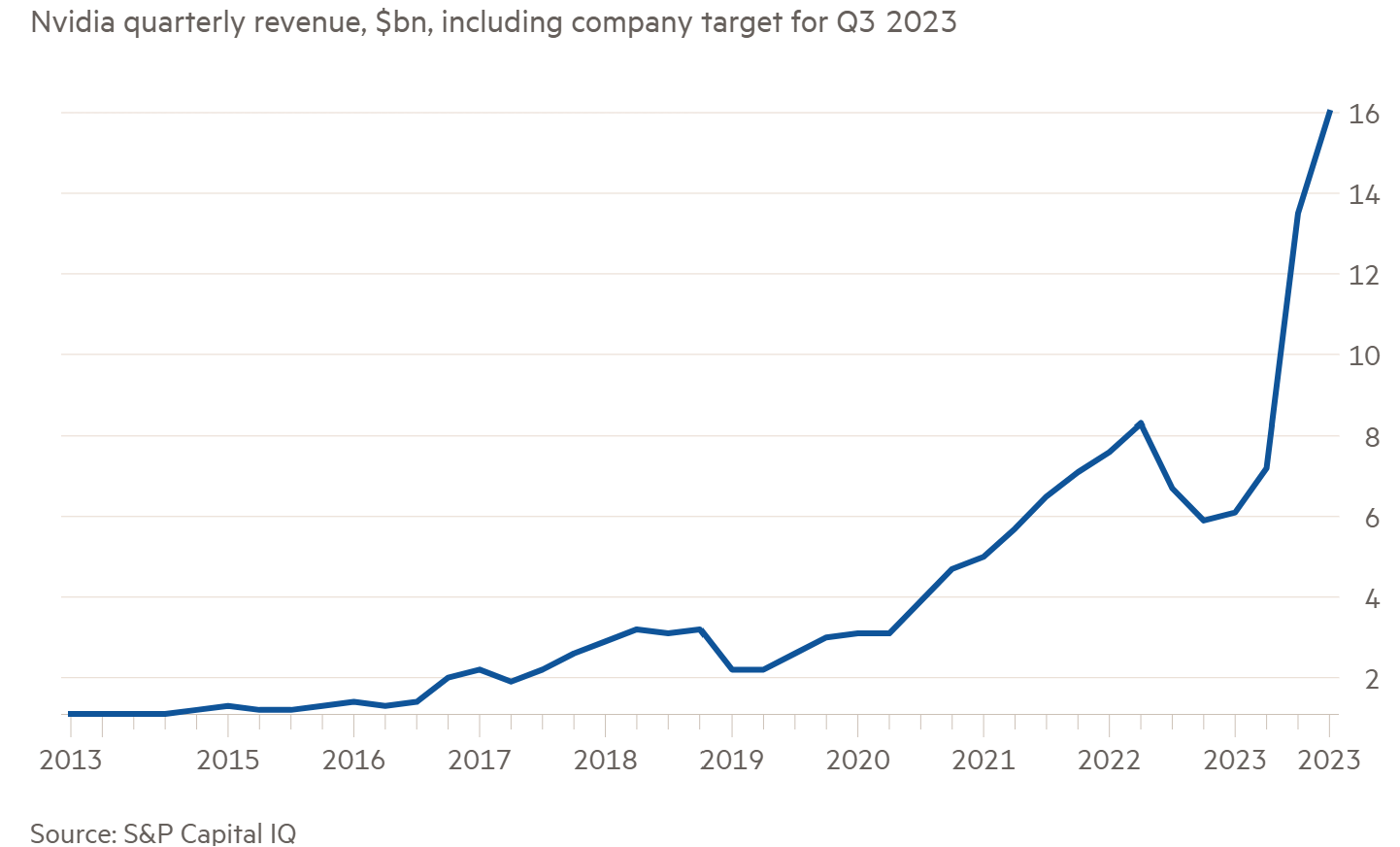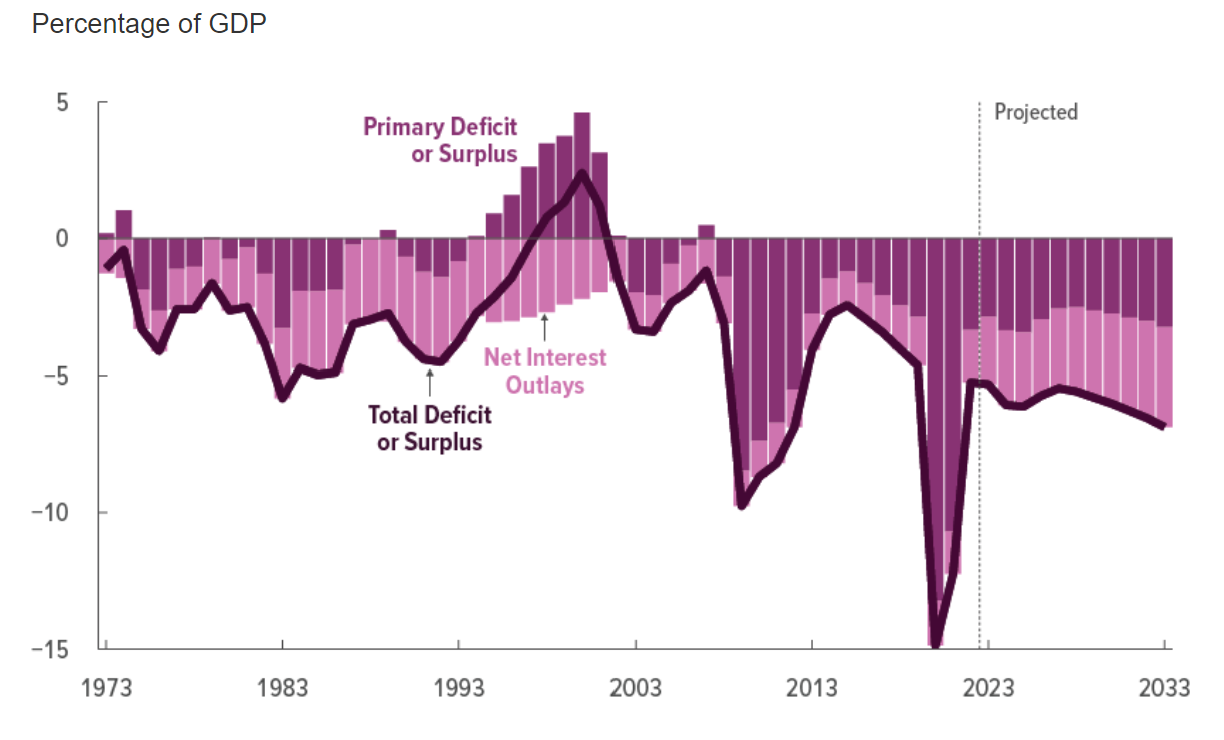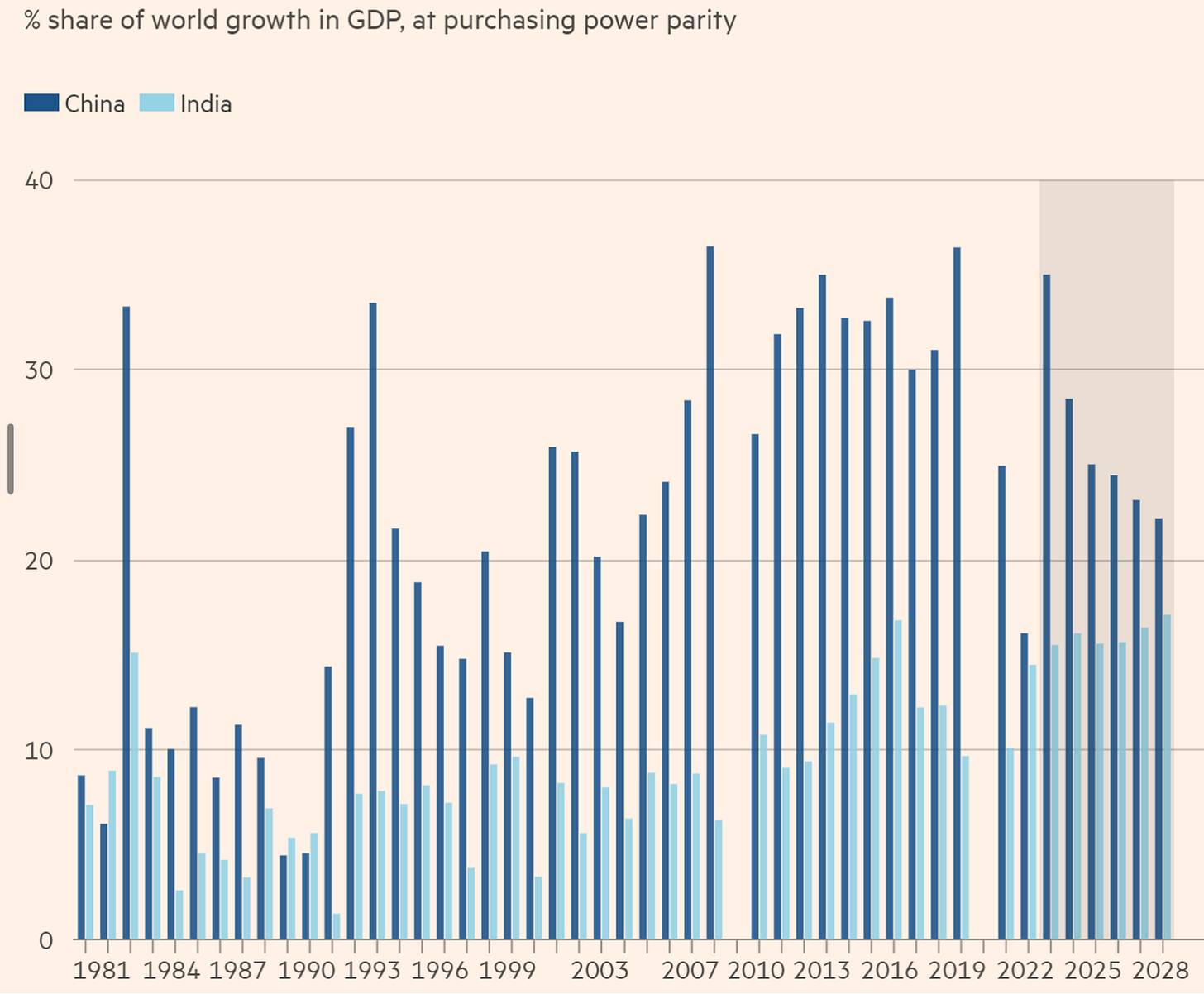From Italy to shopping with your palm and much more
This week we move to Italy, while focusing on the growth of NVIDIA and a couple of charts on world order. But, let's also shop with our palm!
Italy and it’s €200bn opportunity
Italy is facing internal challenges in utilizing the funds allocated through the €800 billion Next Generation EU program, aimed at modernizing Europe's economy following the Covid-19 pandemic. Italy, as the largest recipient of these funds to the tune of €200 billion, faces difficulties in meeting the reform and investment timelines, raising concerns about its ability to effectively use the funds.
Italy has received €66.9 billion from the NextGenEU program, but as of the end of February, it had spent only €25.7 billion of these funds. Brussels' payouts have been delayed due to disagreements, including whether Italy has fulfilled its obligations, such as creating new accommodation for university students. There's a risk that Italy could forfeit part of its remaining €124.6 billion in grants and loans if the program doesn't get back on track. The International Monetary Fund (IMF) has also urged Italy to accelerate fund utilization to prevent slower-than-expected economic growth.
Italy's government, now led by Giorgia Meloni, is requesting changes to the NextGenEU program. They propose alterations to 144 of the 63 planned reforms and 235 investments.
These changes are aimed at making the plan more feasible given economic challenges and ensuring Italy can meet its targets to access the remaining funds.
Italy plans to redirect €16 billion in public investments originally allocated for various purposes. The funds will be redirected to strengthen gas and electricity infrastructure and provide tax credits to businesses and households investing in renewable energy generation and energy efficiency.
Projects that are considered either impossible to complete on time or not strategically relevant will be scrapped, including renewal of urban neighborhoods, reducing landslide and flood risks, and strengthening social services in neglected areas.
Critics argue that these changes may leave ongoing projects in limbo and strain local government finances.
The successful execution of the Next Generation EU programme is essential for Italy's economic recovery. Investors are counting on Rome to receive the €35bn in EU funds this year, and €26bn next year.
Italy preparing to leave China’s Belt and Road Initiative ?
It has been reported in leading media houses that Italy is now preparing to leave China’s Belt & Road Initiative that they had signed in 2019. Apparently, there haven’t been any win-win situation from both sides and Italy “didn’t achieve great results” with this agreement. Now, whether Italy officially declares this discontinuation and whether China accepts the same without any backlash is something to watch out for.
Italy is preparing to cancel its membership in China's Belt and Road Initiative.
The Italian government is trying to avoid angering Beijing and triggering retaliation against Italian businesses.
The previous Italian government signed the Belt and Road memorandum with China in 2019. The memorandum has had few practical consequences and hasn't led to any major Chinese investments in Italy.
It hasn't helped Italian businesses boost exports to China.
The memorandum will automatically renew itself in 2024 unless Italy formally withdraws by late this year.
Italy's trade deficit with China has further widened since it signed on to the infrastructure project in 2019.
And NVIDIA continues to grow strong
NVIDIA Corporation is an American technology company founded in 1993, primarily known for its graphics processing units (GPUs) and semiconductor technologies. NVIDIA has a strong presence in various markets, including gaming, data centers, AI, and automotive. NVIDIA is renowned for its high-performance GPUs designed for gaming and professional graphics workstations. These GPUs power a wide range of applications, from gaming to content creation and now meeting the AI demands.
The company expects revenue of $16 billion in the third quarter, up from $5.9 billion in the year-ago period.
Nvidia is the clear leader in the AI chip market. The company's revenue is expected to grow by over 170% in the third quarter, compared to the year-ago period. This growth is being driven by the company's "full-stack" products, which make it easy for companies to add AI capabilities to their systems.
Nvidia's competitive advantage in the AI chip market is not just about its superior chips. The company also offers a complete set of products and services, from chip design to software development, that make it easy for companies to get started with AI. This has made Nvidia the go-to choice for many of the world's leading AI companies.
Shopping with no wallet, no cards, no phone
Amazon has come up with a new contactless payment and identification system that uses generative AI to create synthetic images of palms. This system is already being used in more than 500 Whole Foods Market stores and dozens of third-party locations.
The system works by scanning the palm of your hand using infrared light. The scanner identifies the unique lines, grooves, and ridges on your palm, as well as the pulsating network of veins just under the skin. This information is then used to create a unique numerical vector representation, or "palm signature," which is linked to your credit card or Amazon account.
The use of generative AI was essential to the development of this system. Generative AI was used to create millions of synthetic images of palms. These images were then used to train the system's AI model, which is what allows it to achieve such high accuracy.
In addition to being highly accurate, Amazon One is also designed to protect customer privacy. The system operates beyond the normal light spectrum and cannot accurately perceive gender or skin tone. Amazon One also does not use palm information to identify a person, only to match a unique identity with a payment instrument.
To watch a video on this, click on the below link:
And we end this edition with two charts …
that probably indicates a situation in the world economic growth along with a slow but steady change happening in the global order:
Growing budget deficit of US - The increasing budget deficit has a number of negative consequences for the US economy. With a budget deficit of around $1.4 trillion in year 2022, it equals 5.4 percent of GDP in 2023, and deficits average 6.1 percent of GDP from 2024 to 2033. The interest payments on the US national debt are over $300 billion per year. The US budget deficit, the largest in the world, has been growing for most of the past two decades.
India is slowly catching up with China when you consider it’s share of world growth (at purchasing power parity).







